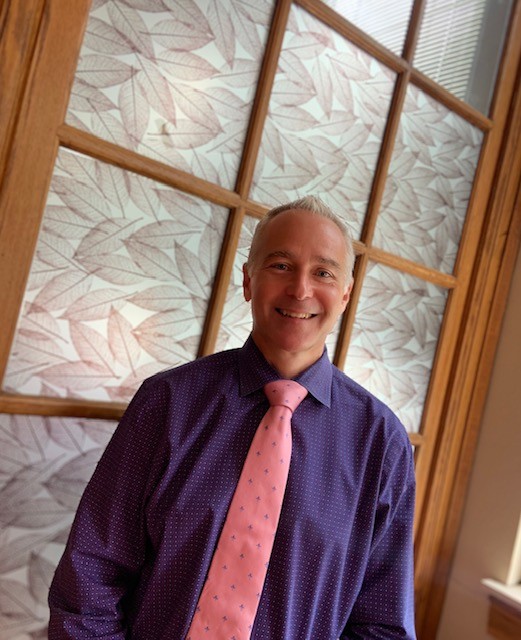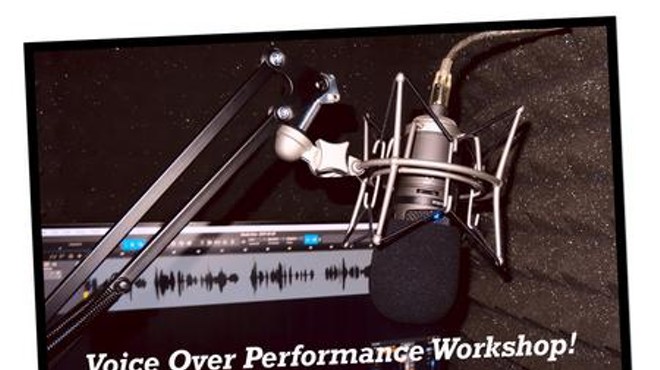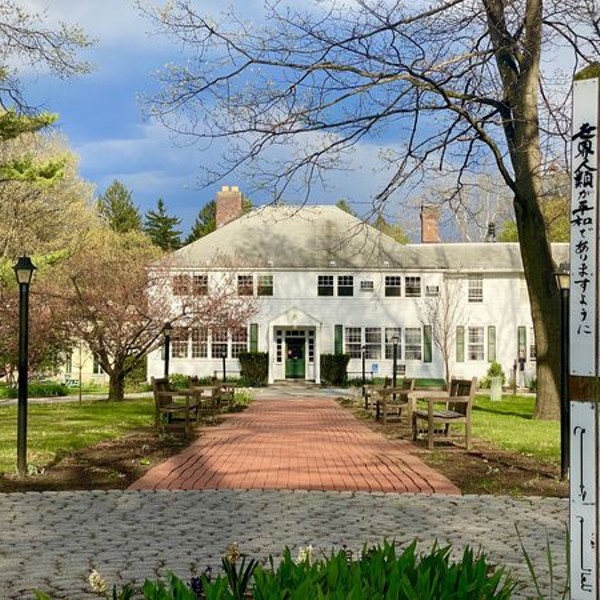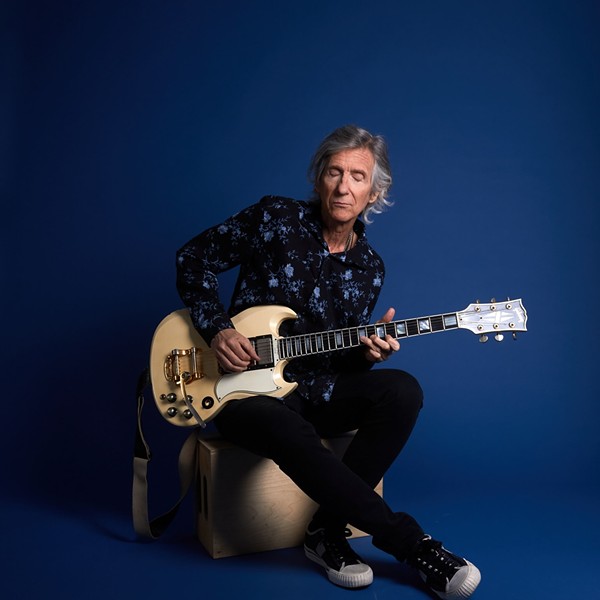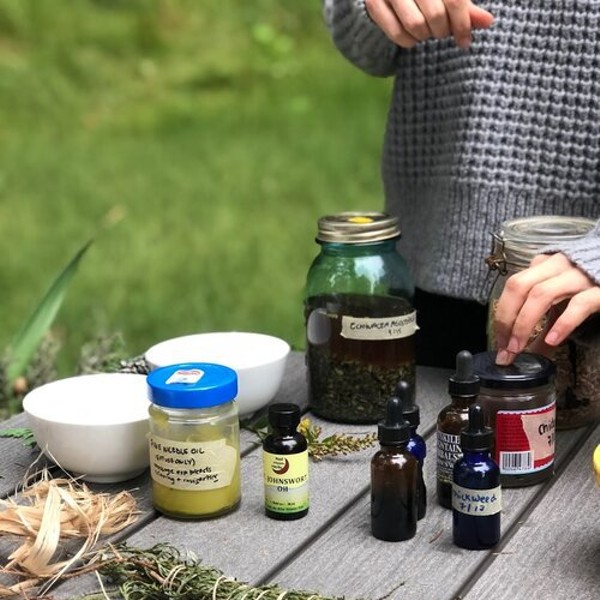With so many different approaches to this academic year among schools in New York State, teachers, administrators, parents, and students alike are navigating unprecedented changes to pedagogy in real-time.
This fall, the Doane Stuart School in Rensselaer, an independent college preparatory school serving grades preK-12, chose a hybrid approach. Because of the size of the campus and the low student-teacher ratio, Doane Stuart wholeheartedly welcomed students back in-person on September 9 with a synchronous online option for families who wish to continue their children’s education from home.
For a teacher's perspective, we interviewed Dr. David Wells, who teaches Biology, Advanced Biology, Psychology, Cell Biology, and Bioethics at Doane Stuart in addition to coaching varsity boys soccer. Below, we talk about what brought Wells to Doane Stuart, how students are adjusting to being back in school in-person, and the work of the school's Covid Response Team.
Before coming here, I was a professor at Yale from 2001-2012. Then my wife got a job in Albany and I followed her out here. At the time, I was running a research lab and teaching and I was getting much more satisfaction from the teaching part.
When you’re teaching at a college level you get to know some of the students pretty well, but most of the kids take one class from you and you may never see them again. The relationship you can build with a kid here is a lot different because you see them for four years.
Both of your children also go to Doane Stuart, so you have a pretty good understanding of the school from both a parent’s and teacher’s perspective. Is there anything you’ve learned as both a parent and teacher that sets the school apart?
It all basically comes down to the size of the classroom. As a teacher, I get to know a lot of the students really well because the class size is relatively small. My largest class has 11 students in it, so I get to know the students and their personalities. The openness is a really important part of the school. My first year, I was brought in to teach Biology and Advanced Biology and all the others that I teach now are specifically because students asked me to teach those courses.
Because the teachers get to know my boys so well, they can also gauge how much effort they’re putting into things. In the classes I teach, I can tell if a kid is really working hard and getting a B versus a kid who’s not working really hard and getting a B. I’m able to give them that feedback and say how impressed I am with them or that we both know they might just be coasting through.
You’re part of what Doane Stuart calls the Covid Response Team. What does the team do and how is its work shaping this new school year?
It’s a group of our faculty and staff who are charged with making our policies around how we are going to deal with students who are sick. It includes policies for everything from a kid who has a stomach ache or headache, as well as Covid issues in general and specifics about what we’re going to do if there’s a positive Covid test, if an outbreak occurs, and how we’re going to keep it out of the school.
We’re always thinking of different scenarios. The basic question we’re always asking is what’s the safest thing to do. If we’re following that mantra, we’re going to be doing well. We want to be safer than what the CDC and the Department of Health is recommending.
I think it’s been pretty good, and I’ve been really impressed with how our students have been sticking to the rules, keeping distance, and keeping their masks on.
What has it been like teaching students who have chosen to participate in the distance learning program?
Every class I teach is simulcast so all the students get the same material at the same time. That’s true for all of the classrooms. It’s a little challenging in that you have to monitor the technology and make sure you’re incorporating the kids at home into your class while also ensuring everyone in-school is separated by 6 feet. Everyone’s wearing masks and I’m projecting through the mask so both sets of students can hear me, which is a little exhausting, but I’m very impressed with how well our technology is working.
Do you think there’s anything that has helped students who have come back into the classroom to be more patient or to adhere to the social distancing requirements?
The students we have here are very respectful of not just their teachers, but of the other students and especially kids who don’t fit into a certain mold. Everyone is pretty used to the fact that we do things a little differently here. We’re not asking them to do anything crazy by wearing a mask.
Each family has been through certain hardships this year. The atmosphere here is that this is part of a family and we’re going to get through it together. It’s going to be a challenge and somebody’s probably going to have a stomach ache and that might mean they’re going to have to stay home a few days as a precaution, but the vast majority of parents and students here would gladly have a student stay home to help protect everyone else. Everyone here is really excited to be here and we want to do everything we can to stay here.







